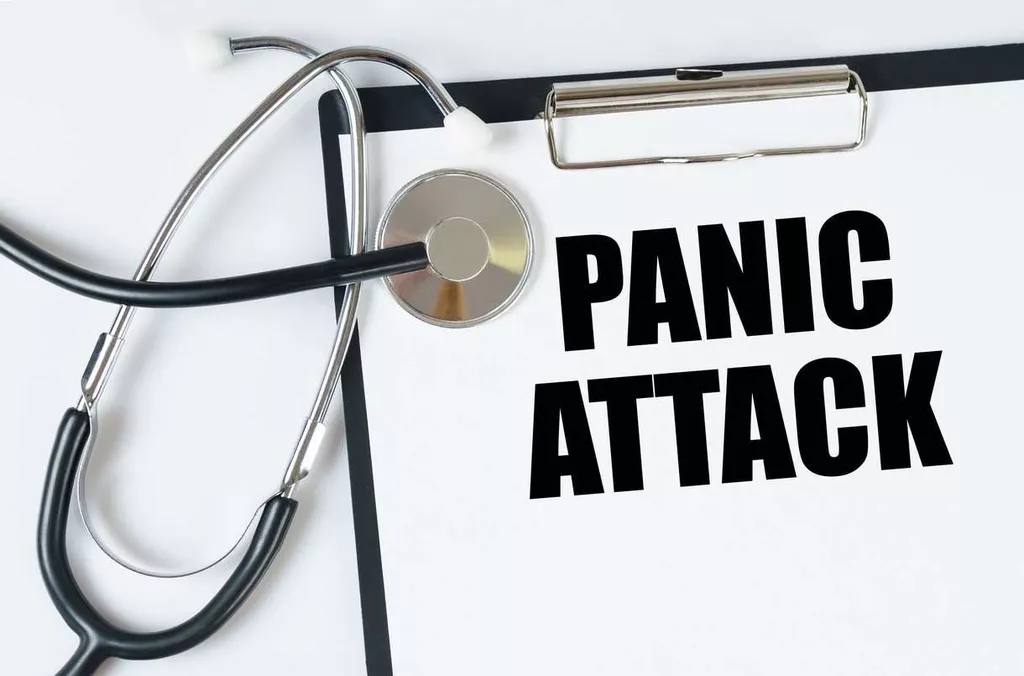
In these therapies, a person talks to a mental health professional about their challenges and learns skills to help them cope. However, CBT primarily focuses on learning ways to change unhelpful thoughts and behaviours. DBT teaches people to accept their thoughts, feelings and behaviours, and the techniques to change them. Not only are personal skills taught in DBT, but skills for interpersonal relationships are also emphasized. It helps people with intense emotions to move away from rigid thinking and to better tolerate uncertainty and upset. Talk with your healthcare provider if you’re experiencing thoughts of suicide or other distress, and ask about DBT and your treatment options.
- According to older research, each group typically comprises 4–10 participants.
- Through diverse skill sets, DBT empowers individuals to navigate their recovery journey successfully.
- DBT incorporates many of the techniques of cognitive behavioral therapy (CBT).
- The sooner you can start therapy — and stay committed to it — the sooner you’ll have an improved quality of life.
- The term “dialectical” refers to the combination of two opposing ideas.
- In turn, these skills increase interpersonal effectiveness, or the ability to interact with others.
Quick escape, quality time

Do you ever feel that you lack a sense of agency because your intense emotions and endless thoughts dictate what you can and cannot do? There are many schools of thought about why people behave in certain ways. One theory is that behaviors are a complex mix of subconscious motivations, social learning, reinforcement, emotions, and association. Discover how inpatient detox programs empower change and support recovery with 24-hour care and personalized treatment. Discover essential substance use disorder resources to support recovery and find hope in challenging times.
How long does it take to complete DBT?
DBT involves a skills training group, which is similar to a group therapy session. In these sessions, you’ll talk with your therapist about whatever you’re working on or trying to manage. But as difficult as it might sound, it’s possible to manage them with a little help. DBT originated from the work of psychologist Marsha Linehan, who worked with people living with borderline personality disorder (BPD) or ongoing thoughts of suicide. Finding a therapist you feel comfortable with and trust may take some time, but it will be a key part of your treatment.
How Childhood Trauma Increases the Risk of Substance Abuse
If a family member struggles with very strong emotions, Dr. Aguirre offers this mini-DBT lesson about validation. Situations that trigger intense emotions are often rooted in a perception of abandonment, neglect, or rejection, he says. For example, if a person believes that someone at work is avoiding them, or a romantic partner doesn’t show up on time, it can trigger a rapid rise in emotional distress. DBT has been shown to be effective for people ranging from adolescents to older adults with a range of mental health conditions. It appears to be especially useful for adolescents, perhaps for the same reason that it’s dialectical behavioral therapy easier to learn a language or how to play an instrument when you’re younger rather than older, says Dr. Aguirre.
Part of this process involves offering validation, which helps people become more likely to cooperate and less likely to experience distress at the idea of change. In addition, patients typically have access to therapists between sessions for skills coaching if they are in a crisis. Effectively implementing distress what is Oxford House tolerance skills can significantly enhance crisis management for individuals in recovery.
General Health
- However, as with any therapy, individual results may vary, and it’s crucial to have these discussions with a mental health professional who can provide guidance based on personal circumstances and needs.
- This practice teaches individuals to focus on the present moment in a nonjudgmental manner.
- Many types of behavioral therapy incorporate thought and emotion management in conjunction with behavior modifications, but different behavioral challenges require specific behavioral approaches.
Additionally, DBT requires a significant commitment of time and effort, and some individuals may struggle to fully engage or find it challenging to implement the skills learned in therapy into their daily lives. One study found reduced feelings of shame, anxiety, and trauma-related guilt for individuals with PTSD after DBT (Harned et al., 2014). Each phase builds on the last, guiding the client from crisis stabilization to enhanced life meaning and satisfaction. The progression equips clients with layered skills for safety, emotional control, self-efficacy, and social fluency so they can pursue life goals. Stage 4 aims to fulfill relationship needs by expanding social connections, building intimacy abilities, and balancing priorities. Assertiveness and conflict-resolution training help achieve interpersonal effectiveness.

Comfort Eating and Recovery
CBT’s focus on improving feelings by changing thoughts and behaviors overwhelmed these patients. People felt invalidated, misunderstood, and criticized, which led many to drop out of therapy. Usually, DBT lasts at least 6 months, and sometimes, up to a year. If you have been diagnosed with borderline personality disorder, your treatment may last longer than that. Impulsive behavior such as substance abuse, unsafe sex, or overspending can be common challenges when you live with borderline personality disorder.

What Are the 4 Stages of DBT?

Learning to regulate emotions is a component of DBT that aims to help individuals be more comfortable and accepting of their own emotions. For instance, inpatient and partial hospitalization day programs may offer shortened skills training schedules. In all, it takes around six months to complete the skills training modules following the standard DBT schedule.

Shorter programs, sometimes called “DBT-informed programs,” use some methods or structure of DBT and can be very helpful for certain people. If you are having suicidal thoughts, contact the National Suicide Prevention Lifeline at 988 for support and assistance from a trained counselor. For example, a 2014 study looked at how 47 people with BPD responded to DBT. After a year of treatment, 77 percent no longer met the diagnostic criteria for BPD. Over the phone, your therapist will guide you through how to use your DBT skills to tackle the challenge at hand. In the context of DBT, mindfulness is broken down into “what” skills and “how” skills.



